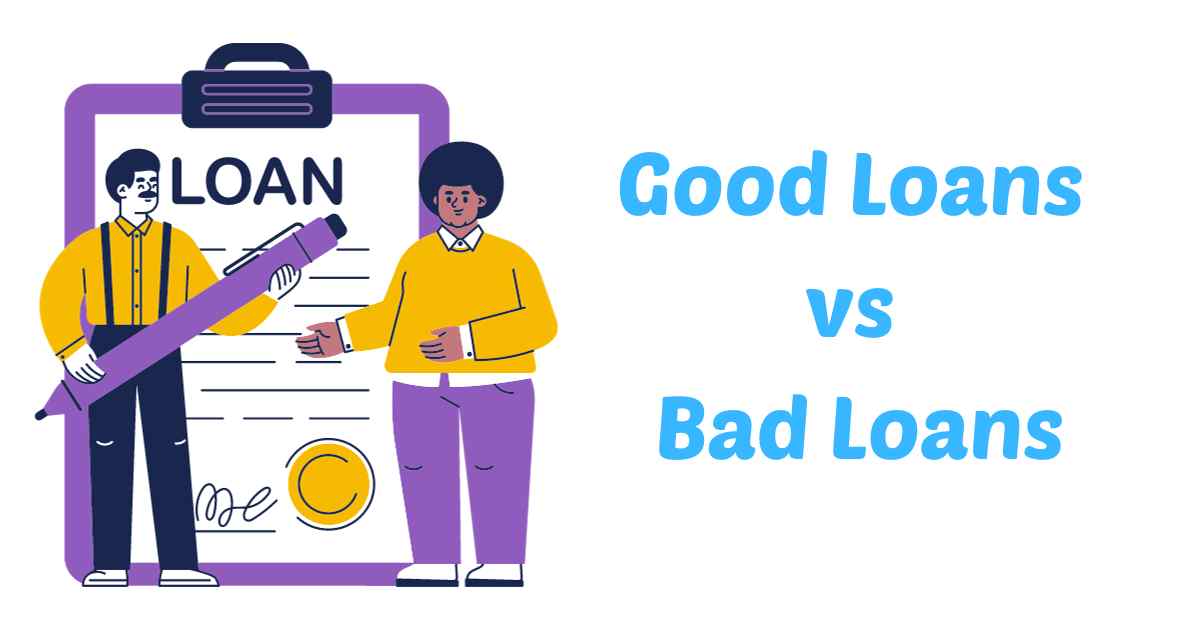Loans have become an integral part of our lives. They can be a useful tool when used wisely, but they can also become a burden if mismanaged. In this blog post, we will explore the concept of good loans and bad loans, focusing on the aspects when people take loans for non-productive things that can have a detrimental impact on their lives.
The Loan Trap: How People Fall Into It
It’s easy to fall into the loan trap without even realizing it. Many people find themselves in a situation where they need quick cash to fulfill their desires or cover unexpected expenses. They turn to loans without considering the long-term consequences.
One of the main reasons people fall into the loan trap is the lack of financial literacy. Without proper knowledge about interest rates, repayment terms, and the overall cost of borrowing, individuals can easily find themselves drowning in debt.
Moreover, the ease of obtaining loans in today’s digital age has made it even more tempting for people to borrow money without careful consideration. With just a few clicks, one can apply for a loan online, often receiving instant approval. However, this convenience can lead to impulsive decisions and a cycle of debt.
The Dangers of Non-Productive Loans
Non-productive loans refer to borrowing money for things that do not generate any income or have long-term value. These loans can include financing vacations, luxury items, or even covering daily expenses.
While it may seem tempting to indulge in these non-essential purchases, they can have severe consequences on your financial well-being. Taking out loans for non-productive purposes can lead to a never-ending cycle of debt, making it challenging to achieve long-term financial goals.
Furthermore, the stress and anxiety that come with excessive debt can have a detrimental impact on your physical and mental health. Constantly worrying about loan repayments and struggling to make ends meet can take a toll on your overall well-being.
Why Loans Can Be Good for Productive Things or Business
While non-productive loans can be harmful, it’s essential to understand that loans can also serve a positive purpose when used for productive things or business ventures.
Investing in education, starting a business, or purchasing a property are examples of productive loans. These types of loans have the potential to generate income, increase your earning potential, and contribute to long-term financial stability.
When used wisely, loans can provide the necessary capital to pursue opportunities that can lead to personal and professional growth. However, it’s crucial to assess the risks, have a solid repayment plan, and ensure that the loan aligns with your financial goals.
Frequently Asked Questions
1. Are all loans bad?
No, not all loans are bad. It depends on how you use them. Loans for productive purposes or investments can be beneficial in the long run.
2. How can I avoid falling into the loan trap?
Financial literacy is key to avoiding the loan trap. Educate yourself about interest rates, repayment terms, and the overall cost of borrowing. Create a budget and only borrow what you can afford to repay.
3. What should I consider before taking out a loan?
Before taking out a loan, consider the purpose of the loan, the interest rate, repayment terms, and your ability to repay. It’s crucial to have a solid plan in place to avoid falling into debt.
Conclusion
Loans can be a double-edged sword. While they can provide financial support and open doors to opportunities, they can also become a burden if misused. Understanding the difference between good loans and bad loans is crucial for making informed financial decisions.
Remember, it’s essential to borrow responsibly, prioritize your financial well-being, and only take out loans for productive purposes that align with your long-term goals.










